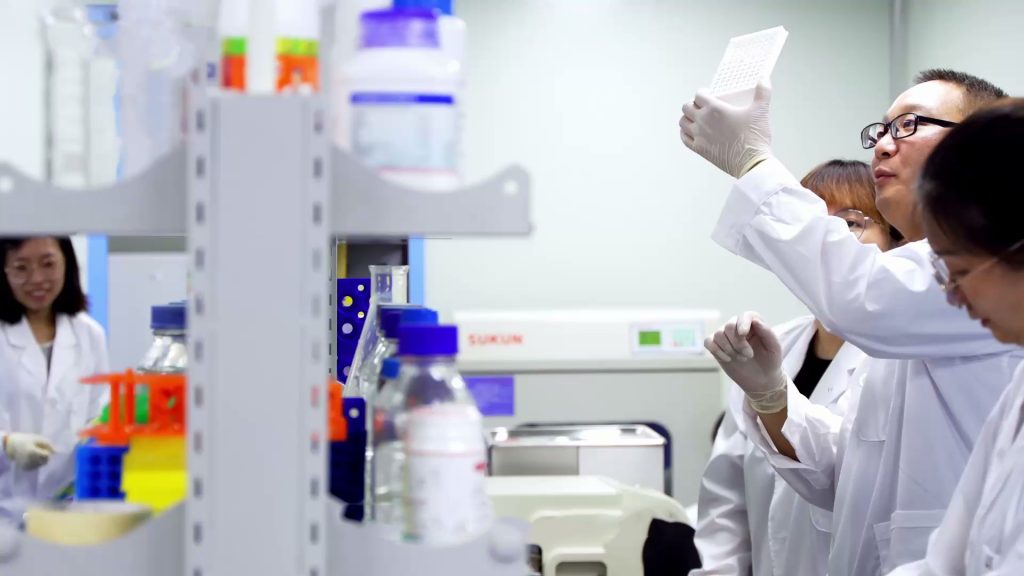Mastering the key techniques of protease inhibitor testing is crucial for ensuring the accuracy and reliability of experimental results. Here are some key techniques:
1、 Experimental Design
Clarify the experimental purpose: Before designing an experiment, it is necessary to first clarify the specific purpose of the experiment, such as verifying the inhibitory effect of a certain protease inhibitor or screening for new inhibitor candidates. This helps guide the subsequent experimental steps and data analysis.
Choose the appropriate protease and inhibitor: Select the appropriate protease and inhibitor according to the experimental purpose. Ensure that the inhibitor is specific to the target protease and avoid unnecessary inhibition of non target proteases.
Setting a reasonable concentration gradient: In order to determine the optimal inhibitory concentration of the inhibitor, multiple concentration gradients should be set up for experimentation. This helps to understand the dose-response relationship of inhibitors and provides reference for subsequent experiments.
2、 Experimental operation
Accurately control experimental conditions, including temperature, pH value, reaction time, etc. These conditions have a significant impact on the experimental results and must be strictly controlled to ensure the reproducibility of the experiment.
Use high-quality reagents: Select proteases and inhibitors with high purity and good activity to reduce the impact of impurities on experimental results.
Avoid cross contamination: During the operation, attention should be paid to avoiding cross contamination between different samples, especially when handling multiple samples, different pipettes and test tubes should be used.
Regularly calibrate instruments: Ensure that all experimental instruments (such as spectrophotometers, enzyme-linked immunosorbent assay (ELISA) analyzers, etc.) have been calibrated to an accurate state to improve the accuracy of experimental results.
3、 Data analysis and interpretation
Accurately record data: Record each step of the operation and observation results in detail during the experimental process, including key data such as reaction time and changes in enzyme activity.
Perform statistical analysis: Use appropriate statistical methods to process and analyze experimental data, such as calculating mean, standard deviation, and conducting significance tests.
Reasonably explain the results: Based on experimental data and statistical analysis, explain the inhibitory effect of the inhibitor and its possible mechanism of action. Pay attention to the sources of errors and possible interference factors in the experiment.
4、 Other precautions
Pay attention to experimental safety: When handling toxic or corrosive reagents, appropriate protective measures should be taken, such as wearing protective goggles, gloves, etc.
Comply with laboratory regulations: Strictly follow the laboratory’s rules and operating procedures during experiments to ensure smooth progress and ensure the safety of individuals and the laboratory.
Continuous learning and innovation: Protease inhibitor testing is a constantly evolving field that requires constant attention to the latest research progress and technological trends, and maintaining a spirit of continuous learning and innovation.
In short, mastering the key techniques of protease inhibitor testing requires multiple efforts and accumulation. Through continuous learning and practice, the rationality and scientificity of experimental design can be improved, ensuring the accuracy and reliability of experimental results.
Share on:
Facebook
Twitter
Pinterest
WhatsApp
Recent posts
We recommend


